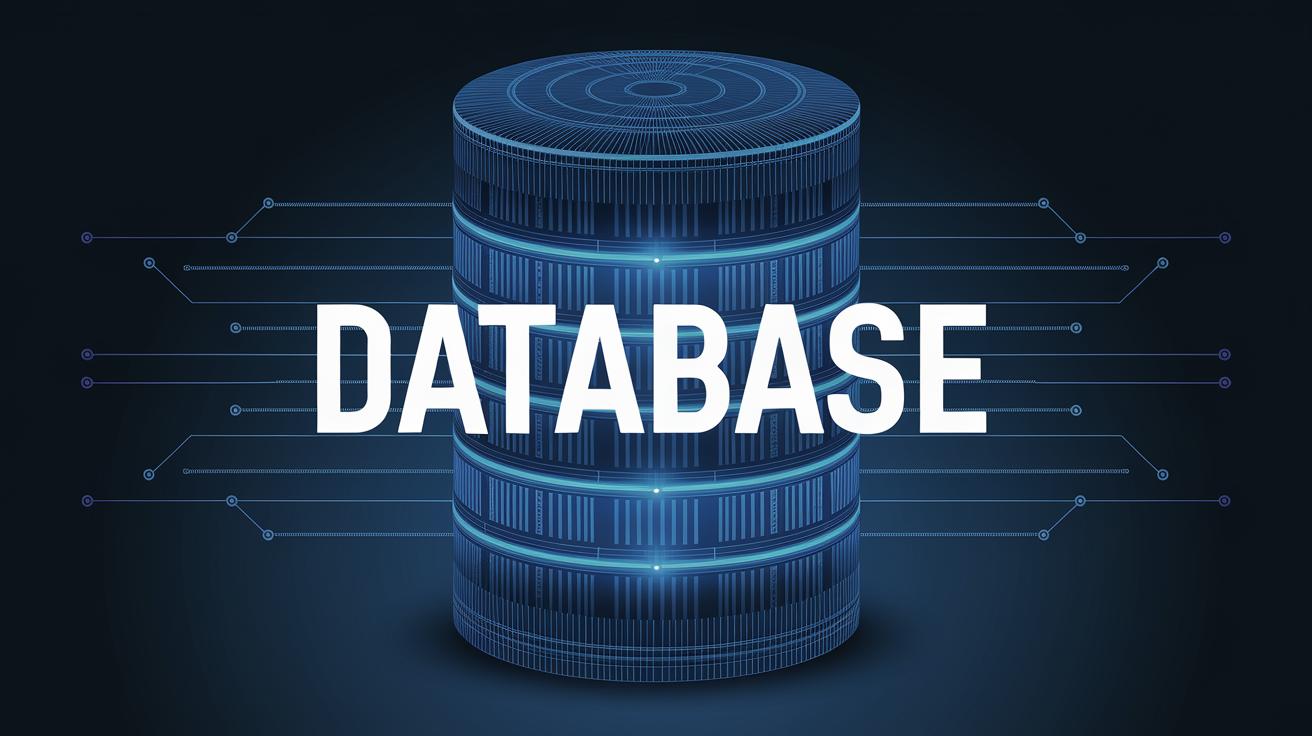The Comprehensive Guide to Web Applications
Web applications have become an integral part of our daily digital experiences, offering dynamic interactivity and functionality through a web browser interface. Unlike traditional static websites, web applications engage users with customized content and real-time data processing. In this blog post, we will delve into the fundamentals of web applications, distinguishing them from standard websites, exploring their inner workings, and evaluating their benefits and drawbacks. We’ll also look into progressive web apps (PWAs) and compare them with native and hybrid apps. This guide aims to equip you with a comprehensive understanding of the versatile world of web applications and their impact on our digital landscape.
What is the difference between web applications and websites?
A website is essentially a collection of web pages that are typically static in nature, designed to provide information to the user. Websites may include text, images, and other media forms, but they primarily serve as an informational resource. Users visit websites to consume content without much interaction beyond navigation.
In contrast, web applications are interactive systems designed to perform a function or solve a problem. They engage users by facilitating tasks such as online shopping, banking, managing projects, and even social networking. Unlike static websites, web applications dynamically change content and allow for substantial interaction between the user and the application.
How web applications work
Web applications operate through a client-server architecture. When a user inputs a request via a web browser, it is sent to a server that processes the request and performs the necessary operations. The server then sends the output back to the client’s browser, which presents it to the user in a seamless, often instantaneous interface.
Web applications rely on a combination of front-end and back-end technologies. Front-end technologies like HTML, CSS, and JavaScript manage the user interface and user interactions. Meanwhile, back-end operations are supported by various programming languages such as Python, Ruby, or PHP, and databases like MySQL or MongoDB store and manage data.
Examples of web applications
Some of the most ubiquitous web applications include Gmail, Google Docs, and Facebook. Gmail provides a user-friendly platform to send, receive, and organize emails entirely through a web browser. Google Docs allows real-time collaboration on documents without the need for desktop software, embodying the interactive and dynamic nature of web applications.
Social media platforms such as Facebook and Twitter are also key examples. They allow users to share content, interact with others, and receive immediate updates in an engaging and interactive environment, all through a web application interface.
What are the benefits of web applications?
One of the primary benefits of web applications is accessibility. They can be accessed from any device with an internet connection, making them highly convenient for users. This cross-platform usability eliminates the need for different versions across devices, streamlining user experience.
Web applications are also easier to maintain. Updates and patches can be run on the server, instantly reflecting changes for users. Additionally, they offer scalability and versatility, adapting features and functional capabilities to meet growing user demands.
What are the cons of web applications?
Despite their advantages, web applications do present some challenges. One major drawback is their reliance on an internet connection, potentially limiting access in areas with unstable connections. Performance can also be dependent on the speed and reliability of the user’s network, affecting the user experience.
Another concern is security. As web applications handle sensitive data, they are often targeted by cyber threats. Developers must therefore implement robust security measures to protect user information and ensure the integrity of the web application.
What is a progressive web app (PWA)?
Progressive Web Apps (PWAs) are an innovative advancement in web applications. They combine the best features of web and mobile apps, offering a native app-like experience right within a browser. PWAs are designed to work seamlessly offline and can be installed on a user’s device like a traditional app, using minimal storage space.
PWAs boast fast loading times and smooth navigation, providing a highly responsive experience. They can also leverage native device features such as push notifications and camera access, enhancing their functionality and engagement potential.
Web app vs. native app vs. hybrid app
Web apps are accessed through a web browser and need an internet connection to function, unlike native apps, which are developed specifically for a device’s operating system and can operate offline. Native apps typically offer better performance and access to the device’s hardware, but require separate development processes for different platforms.
Hybrid apps combine elements of both web and native apps, running inside a native container that can access device features. Though they offer cross-platform compatibility, their performance often lags behind fully-native applications. Each type of app presents unique advantages and challenges, guiding developers’ choices based on project requirements.
Future prospects
| Aspect | Key Takeaways |
|---|---|
| Difference between Web Apps and Websites | Web Apps are interactive and dynamic, unlike static websites. |
| Functionality | Web Apps use client-server architecture for user requests and data processing. |
| Examples | Gmail, Google Docs, Facebook are popular web apps. |
| Benefits | Accessible from any device, easy to maintain, scalable. |
| Cons | Dependent on internet connectivity, potential security risks. |
| Progressive Web Apps | Offer native app-like performance and offline functionality. |
| Comparison with Native and Hybrid | Web apps need connection, native apps offer best performance but require individual platform development. |


